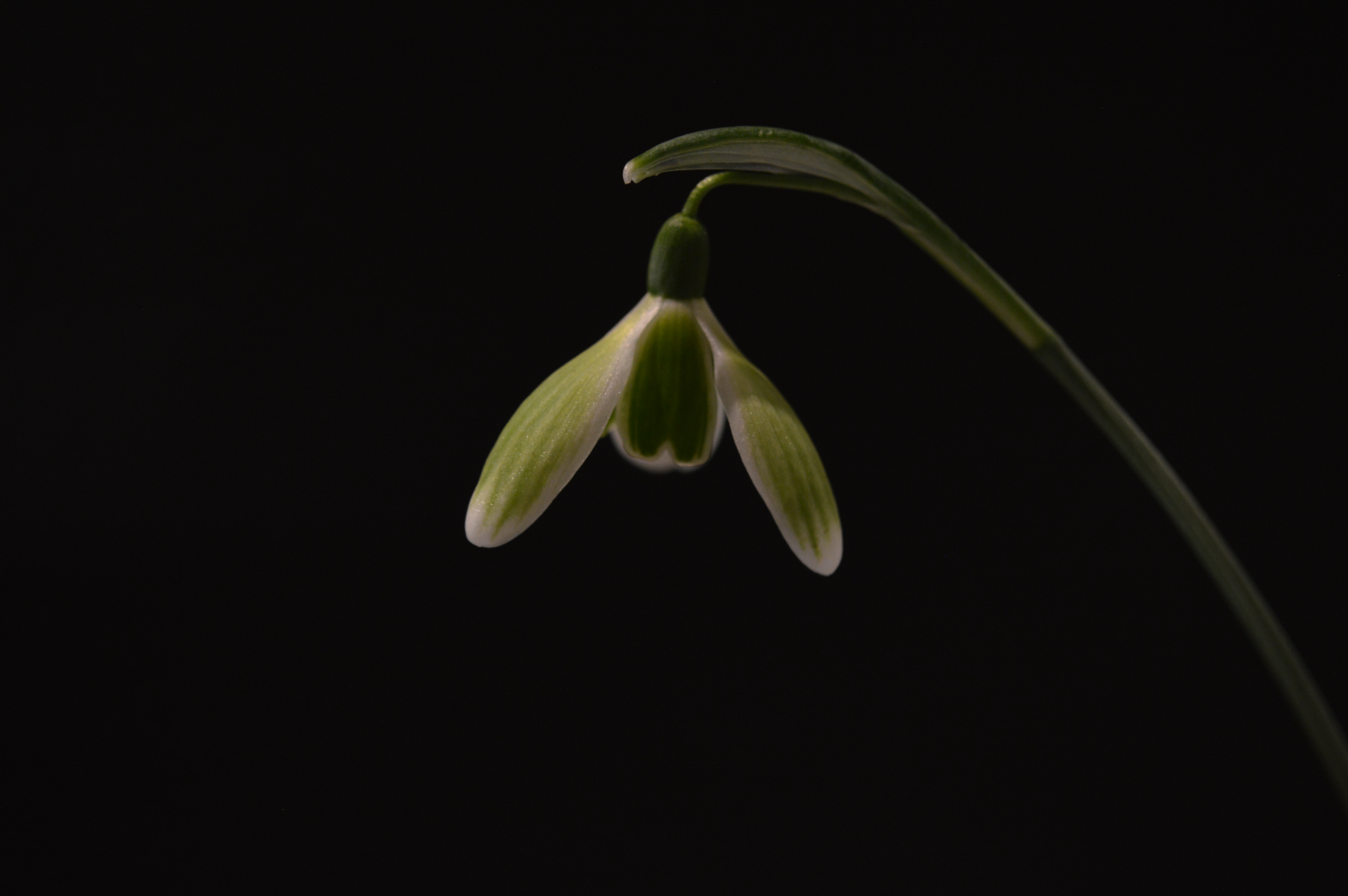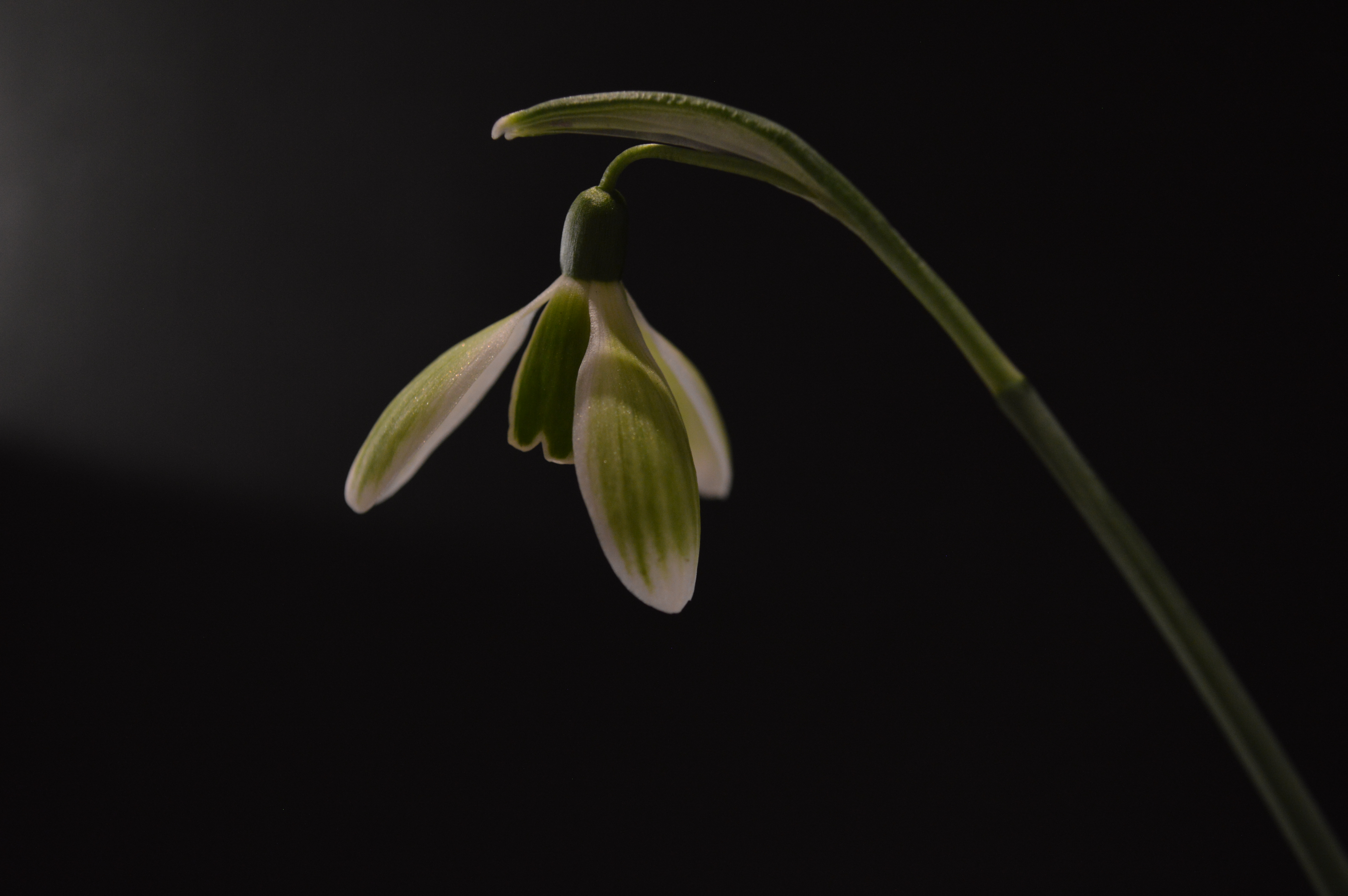Galanthus ‘Green Tear’ is considered to be one of the best virescent (green) snowdrops currently available. It was discovered in the Dutch town of Zutphen among a naturalized patch of G. nivalis by discoverer Gert-Jan van der Kolk in 2000. The clone itself is considered to be of hybrid origin however, most likely being of the G. x valentinei type with G. plicatus in its heritage (partially plicate or folded leaves).
The outers of the plant are broad and marked with green veins. The outers are lined with somewhat larger white edges. The inner perianths are almost completely dark green, only a small lining of white occurs around the edges. The leaves are mostly applanate, semi-erect and of a bluish green. It is quite vigorous and robust enough to grow reliably in many gardens. Considering this, it is unsurprising that the variety received a Preliminary Commendation by the Royal Horticultural Society. An interesting feature is that occasionally mature plants might form flowers with 4×4 perianths.





